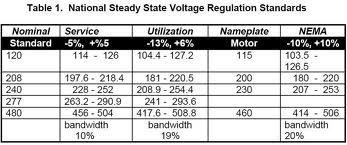130612-1539 EDT
Relative to the original post my answer for this product would be:
The minimum voltage would be the lowest voltage that would allow the product to perform its intended function, be safe, and not damage or shorten the life of any of the internal components.
The word intended covers many factors. One is how fast the coffee is made.
I ran experiments on a small hot pot, Rival 4071WN. Rated 1000 W 120 V 32 oz.
One quart of tap water, 32 oz, with an initial temperature of 75 F. Full power was applied (117 V 990 W) for 5 minutes to raise the temperature to 200 F. 0.08 kWh. If there were no heat losses the theoretical energy input would be 0.076 kWh. This was continuous excitation.
As an aside the purpose of the experiment was to show the use of a Kill-A-Watt meter. And a comparison of heating the same amount of water in a microwave. The microwave required 0.18 kWh of energy vs 0.08 kWh.
Different experiment. The thermostat was adjusted to maintain the temperature of the 1 quart of water at 180 F. At steady state conditions the average input power was about 100 W. Theoretically if we applied slightly more than 100 W when the water was cold, then ultimately a long time later the temperature would reach 180 F.
As pointed out in previous posts determine from the manufacturer if operation at the lower voltage is OK. Then determine if the customer will be satisfied with slower heating, or does the customer even realize that heating time is a function of voltage?
.



